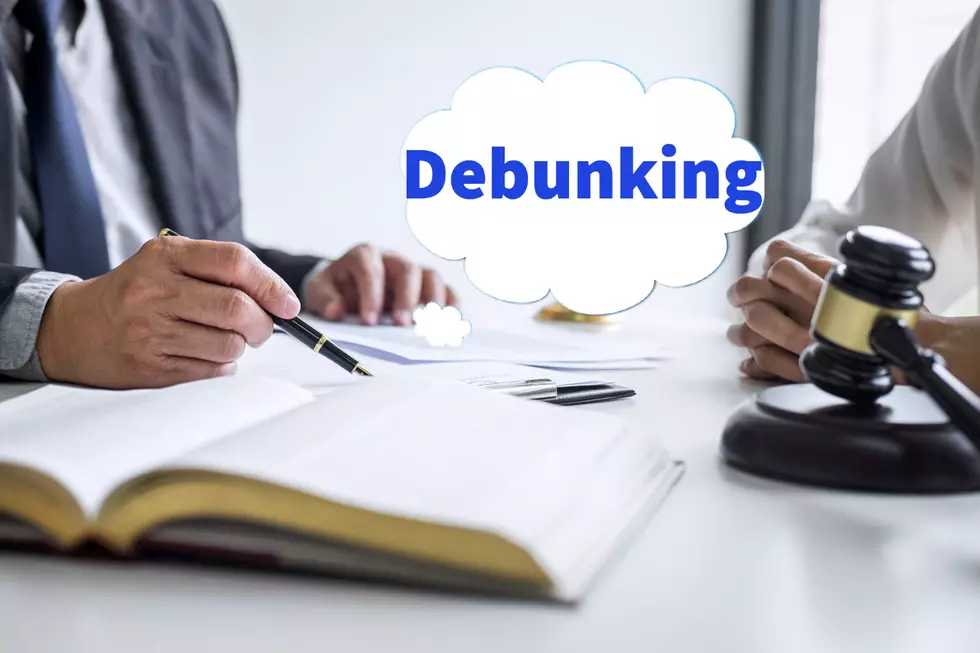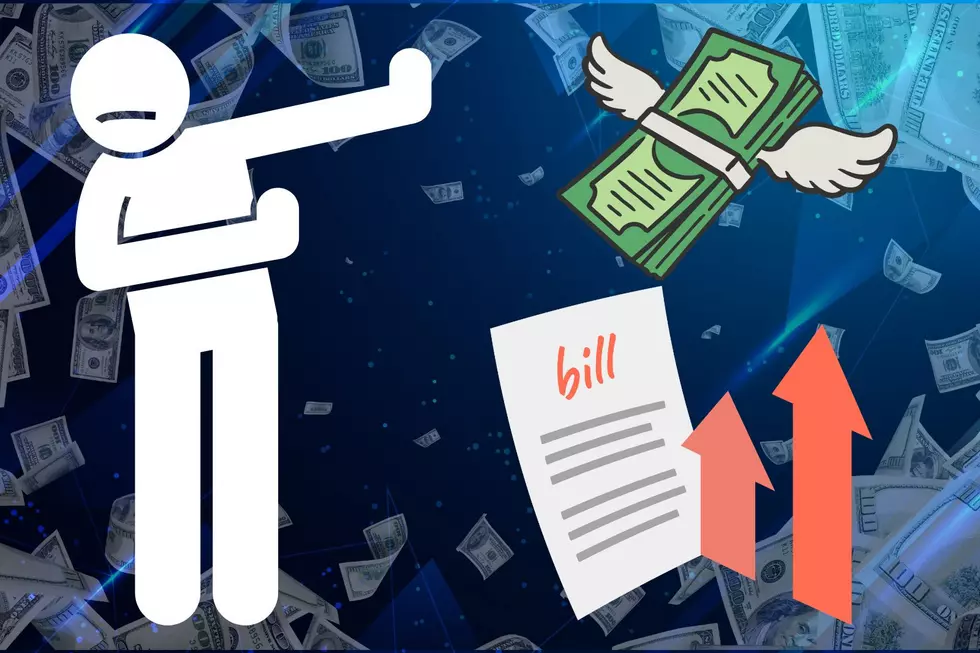
New bizarre sweeping NJ law is a lesson in idiocy (Opinion)
So much has been said about “fake news” over the last few years that just about in every story the truth is up for debate.
Depending on what side of the political aisle you align with, you decide which sources are considered to be truthful and which ones are not. That’s why there really is no truth anymore. Because the only source we counted on throughout the history of this country was the news.
And let’s all recognize that news stories are no longer just information. They all have a bias, whether is left or right — and one side doesn’t trust the other. And that’s a fact.
And we won’t even go into social media, which is just a collection of opinions.
But now a new law is supposed to put an end to all that.
And the idea that something could actually put an end to it is what is so ridiculous.
Gov. Murphy spoke so proudly about the new Information Literacy Law, which is intended to teach kids how to discern fact from fiction. And to blatantly reject "disinformation.”
The problem is that one man’s fact is another man’s fiction. And in a world of social media and slanted news reporting, that is just the way it is.
The law would introduce into our schools’ curriculum a supposed method to discern fact from fiction, and to reject this “disinformation.”
But since public schools are an arm of the government, can we really trust the public school system to be honest about which sources just relay the facts without any slant whatsoever?
If those even exist anymore?
For example, according to an article on nj.com: "A New Jersey teacher launched just such a class last year to help students find 'reputable' online research sources. The class also covers what that teacher calls 'misinformation campaigns' and ways to interpret data on COVID and vaccines."
Now, you may ask: What sources will this teacher use to teach kids how to interpret this data?
Glad you asked. Some of his sources include News Literacy Project, Common Sense, and PBS.
Can we be sure that any of THOSE sources are unbiased?
And won’t a teacher's opinion and any inherent bias HE has come into play here? After all, one man’s conspiracy theory is another man’s well-researched and documented fact.
The most laughable part of this curriculum is that it proposes teaching “ways to approach friends and relatives who had espoused conspiracy theories.”
Again — one man’s conspiracy theory is… Well, you get my drift.
Remember, the old saying facts are facts? While that may be true, good luck finding out what the actual facts are.
Olga Polites, New Jersey chapter leader of Media Literacy, in an article on nj.com, said schools should teach students “critical thinking skills to combat the disinformation that comes across social media feeds and electronic devices.”
OK, Olga, sounds good so far. But then…
“I love my Twitter, but I love my Philadelphia Inquirer more,” she continued. As if the former only contains biased and incorrect opinions, and the latter is inarguably the bastion of fair and balanced reporting.
In whose eyes?
And how long will it be ‘till what’s taught in the “debunking” class will also need to be debunked?
Opinions expressed in the post above are those of New Jersey 101.5 talk show host Judi Franco only.
You can now listen to Dennis & Judi — On Demand! Hear New Jersey’s favorite best friends anytime, anywhere and any day of the week. Download the Dennis & Judi show wherever you get podcasts, on our free app, or listen right now.
Click here to contact an editor about feedback or a correction for this story.
When is it time to take down your political lawn signs?
LOOK: See how much gasoline cost the year you started driving
More From New Jersey 101.5 FM









